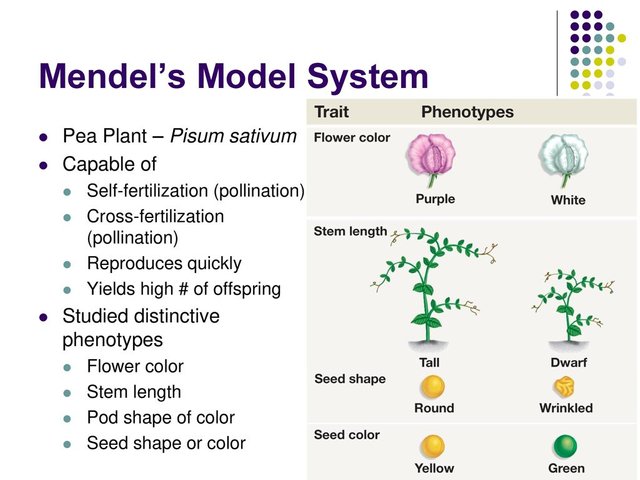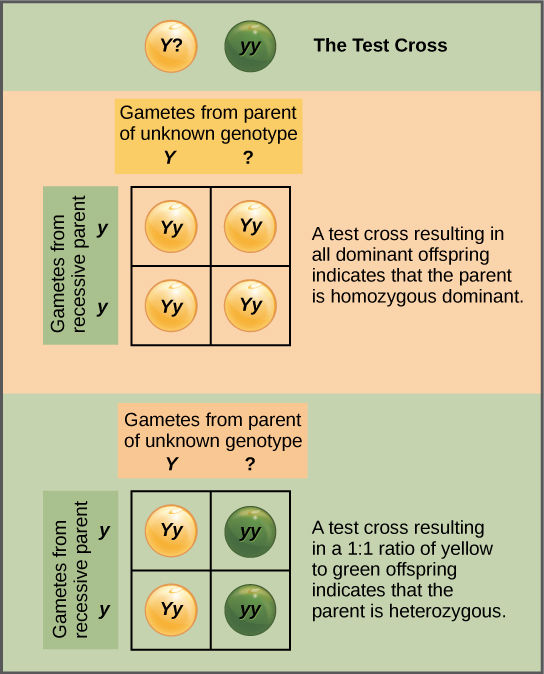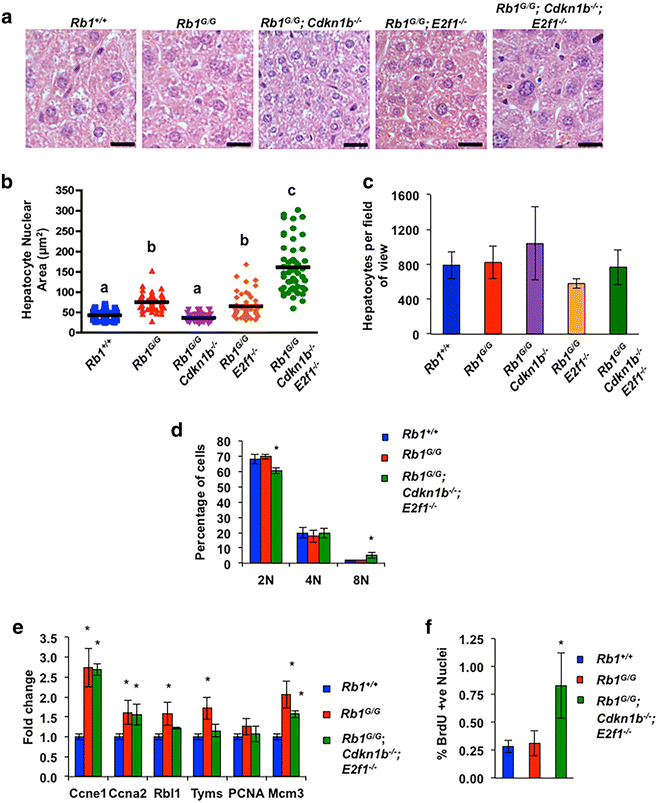Mendel's works, part II (Mendel's laws and advantages of his experimental system.).
During the second half of the 19th century, directed crossings were a usual practice to study inheritance. Many researchers were unable to reach the same Mendel conclusions since they did not use the appropriate biological material or the appropriate methodology. Mendel used an excellent experimental design, with the following methodological advantages.
Selection of appropriate material.
He chose Pisum Sativum plants, which have the following advantages:
- They produce several generations in a year.
- Its flowers have the female reproductive system (pistil) and the male (stamen) enclosed within the corolla, which facilitates self-fertilization and prevents spontaneous crossing with pollen from other varieties, although in these plants it is easy to perform cross-fertilization, manually transporting the pollen from one flower to another;
- They are simple enough to allow their manipulation and present clearly observable features.
Study of characters and specific features.
In his works, Mendel focused his attention on a single feature each time, and not on all the characteristics of the plant, as did other researchers of his time. He fixed his attention on seven specific and visible characters of the plant, represented by two contrasting features:
- Size of the plant (tall or dwarf).
- The texture of the seed (smooth or rough).
- The color of the cotyledons of the seed (yellow or green).
- The color of the seed coat (gray or white).
- The position of the flowers on the stem (axial or terminal).
- The shape of the pod (wide or narrow).
- The color of the pod (green or yellow).

Scheme of some characters studied by Mendel in the Pisum sativum plant.
Source
Use of pure lines.
Mendel obtained pea plants with a characteristic that he was interested in studying, for example, the size of the stem, which can be high or low, and cultivated them for two years until making sure that all the descendants had the analyzed characteristic and formed a pure line.
Application of statistical analysis.
Another great merit of Mendel was that he applied mathematical and statistical analysis for the first time in biology; all the data obtained were organized by applying mathematics.
Mendel's first law.
Mendel proposed his first law after analyzing the results of monohybrid crossings.
The monohybrid crossing occurs between two pure lines, each of which exhibits one of the contrasting features of a feature. The result of this crossing produces hybrids, a product of the crossing of two pure lines.
First Mendel crossed two pure pea varieties for a characteristic, for example, tall stemmed plants, with low stemmed plants. These plants were called the first parental generation or P1 and the plants that were called the first generation filial or F1.
During crosses with pure varieties, Mendel realized that in F1 the hybrids always had only one of the characteristics of their parents; apparently, the other one was not expressing himself. In the example of the crossing of a tall-stemmed plant with a low-stemmed plant, all of the F1 resulted in tall-stemmed plants. Mendel called the dominant character to the trait expressed in all F1 hybrids (in the example: tall stem) and recessive character that does not manifest in F1 (in the example: low stem).Then he allowed the F1 plants to self-fertilize and analyzed the offspring of the second filial generation or F2, with the following results: ¾ (75%) of the descendants presented the dominant character (high stem) and ¼ (25%) the recessive character (low stem), which corresponds to a phenotypic ratio of F2 of 3: 1, in relation to dominant and recessive.

Expected results in a monohybrid crossing between two pure breeds.
Source
Conclusions about the monohybrid crossing.
- Hereditary characters are transmitted through hereditary units that he called factors. If in the crosses of two pure lines, with antagonistic characters, F1 expresses only one of the two characteristics, it is inferred that a parent transmitted the dominant factor to the offspring through the gametes, while the factor contributed by the Another parent, who does not express himself, is the recessive.
- The dominant factor is expressed with a capital letter, while the recessive factor is represented by a lowercase letter.
There are three combinations of factors: dominant-dominant (represented by two equal capital letters), recessive-recessive (represented by two equal small letters) and dominant-recessive (represented by a capital letter and a lowercase letter). The characteristics of the dominant factor are manifested even in the presence of the recessive factor, but the recessive trait appears only when the individual has both recessive factors.
The analysis conducted by Mendel allowed him to postulate the principle of segregation, also known as Mendel's first law:
"When crossing the hybrids obtained in the first generation, the two antagonistic characters that they have are separated and distributed among the different gametes, thus several phenotypes appear in the offspring".
The second law of Mendel.
After analyzing each characteristic separately, Mendel made crosses that were considered the inheritance of two characteristics simultaneously.
The dihybrid crossing occurs between two pure lines that differ in two characteristics, and the individuals that are obtained are called dihybrids.
The dihybrid crosses were intended to determine if a characteristic interfered with the manifestation of other characteristics: for example if the inheritance of the texture of the seed is affected by the color of the cotyledon.
- To prove it, Mendel crossed plants that produced smooth and yellow seeds, with others that produced rough and green seeds. In F1, all the descendants produced smooth and yellow seeds; that is to say, that in F1 only the dominant characters are manifested.
- The individuals of the F1 self-fertilized and the F2 was obtained. When expressing the results obtained in proportions, it was obtained that of each 16 plants 9 were obtained with smooth yellow seeds, 3 with yellow rough seeds, 3 with smooth green seeds, and with rough green seeds. The phenotypic ratio 9: 3: 3: 1 in F2 is only obtained if there is no interference of any kind in the transmission of the factors that control each observable characteristic or phenotype.

Graphic method for the uninhibited crossing.
Source
Conclusions about the dihybrid cross.
Based on his results, Mendel deduced the law of independent distribution of characters, also known as Mendel's second law:
"The hereditary factors maintain their independence through the generations, and are distributed randomly in the descendants".
Nowadays it is known that the second law of Mendel is not fulfilled in all organisms since there are characters that are closely linked and are not distributed independently. The characters that Mendel studied are shared independently, and his conclusions were based on a rigorous analysis of the results.
References:
- http://www.bio.bg.ac.rs/materijali_predmeta/med-eng-griffiths-an-introduction-to-genetic-analysis.pdf
- https://www.khanacademy.org/science/biology/classical-genetics/mendelian--genetics/a/the-law-of-independent-assortment
- https://www.ndsu.edu/pubweb/~mcclean/plsc431/mendel/mendel1.htm
- http://dipmat.math.unipa.it/~grim/21_project/21_brno03_Esteban.pdf
- https://quizlet.com/59091161/bio111-ch-16-flash-cards/
- http://www.cropsreview.com/law-of-segregation.html
